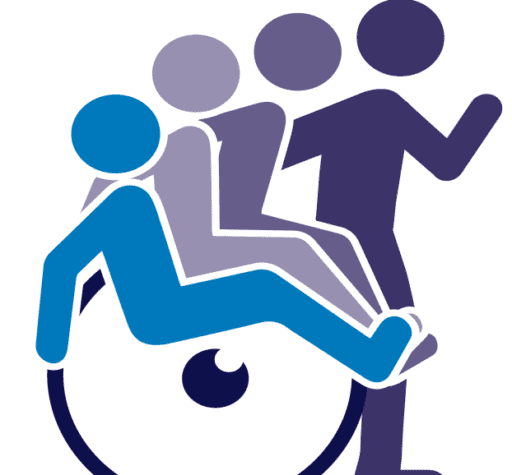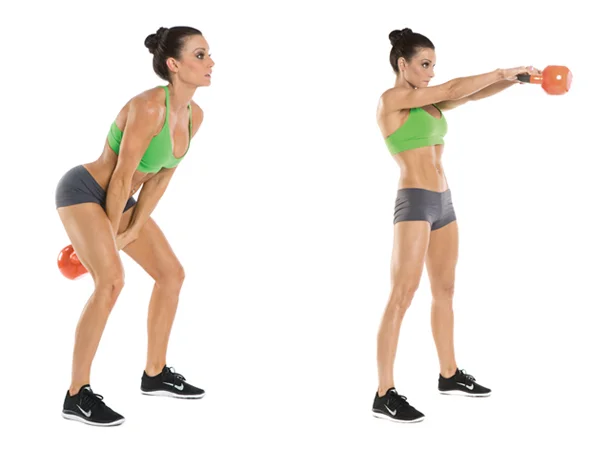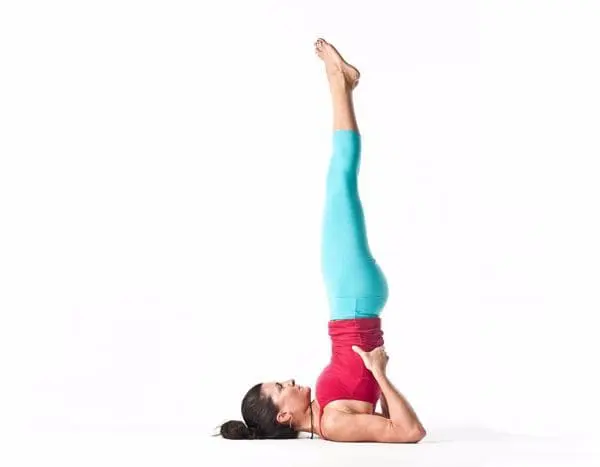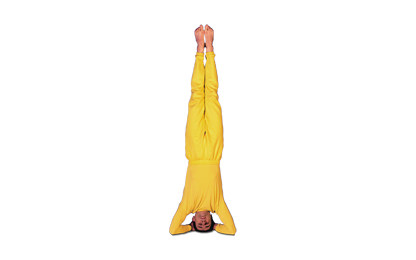Kettlebell Swings: Form, Benefits, and Variations
Kettlebell swings have been a powerhouse of an exercise in functional fitness, designed for strength development, endurance, and explosive power. This full-body movement activates multiple muscle groups, primarily targeting the posterior chain—specifically the glutes, hamstrings, lower back, and core.
Whether you’re new to kettlebell training or looking to improve your technique, this guide covers all you need to master kettlebell swings safely and effectively.
Table of Contents
What is a Kettlebell Swing?
Kettlebell swings use a hip motion, where you swing the kettlebell between your legs and upward to about shoulder height. Unlike typical resistance exercises that focus on slow and controlled movements, kettlebell swings allow for fast, dynamic swings, building explosive power.
Muscles Targeted
Kettlebell swings target several major muscle groups:
- Primary Muscles: Glutes, hamstrings, and lower back.
- Secondary Muscles: Core, shoulders, quads, and grip strength.
- While the movement primarily involves the lower body, the hip drive provides momentum, with core and shoulder muscles assisting in stabilizing and controlling the kettlebell.
How to Do Kettlebell Swings?
Learning the basic kettlebell swing is essential for both safety and effectiveness. Here’s how it goes:
- Initial Position: Stand with feet hip-width apart, kettlebell on the floor in front.
- Grip and Set-Up: Bend at your hips with a slight knee bend, reaching forward to grasp the kettlebell handle with both hands.
- Keep your back straight while contracting your core muscles.
Swing Execution:
- Backswing: Pull the kettlebell between your legs with relaxed arms, allowing your hips to hinge back as if sitting down.
- Forward Swing: Drive your hips forward explosively, extending the kettlebell upward to chest or shoulder height.
- Control: Brace your core as the kettlebell swings back down.
- Repeat.
- Breathing: Inhale on the downswing, exhale sharply as you drive the kettlebell upward with each hip thrust.
Kettlebell Swings Video
Common Mistakes to Avoid
- Squatting: Avoid bending your knees excessively; it’s a hip hinge movement, not a squat.
- Overuse of Arms: Your arms don’t lift the kettlebell; they merely guide it. Focus on hip power.
- Rounding the Back: Keep your back flat to avoid strain.
Benefits of Kettlebell Swings
- Full-Body Conditioning: Kettlebell swings combine cardio and strength, making them excellent for full-body conditioning.
- Explosive Power and Hip Strength: They enhance hip thrust power, critical for athletic movements like sprinting or jumping.
- Core Stability and Balance: As a unilateral movement, they require core stability to balance the force generated by the swinging weight.
- Cardiovascular and Endurance Benefits: High-rep swings effectively elevate heart rate, providing a cardio workout that builds endurance and stamina.
- Improved Posture: Regular kettlebell swings strengthen the posterior chain muscles, improving posture and reducing lower back pain.
Variations
Once you’ve mastered the basic kettlebell swing, try these variations to target different muscle groups or increase intensity:
- One-Arm Kettlebell Swing: Isolates each side, further challenging core stability and grip strength.
- Double Kettlebell Swing: Using one kettlebell in each hand increases intensity and balance requirements, activating and stabilizing muscles.
- American Kettlebell Swing: Involves swinging the kettlebell overhead instead of to shoulder height, requiring additional shoulder mobility and control. Perform carefully to avoid shoulder strain.
- Alternating Hand Swing: Start with a two-handed swing, switching hands at the top of each swing. This enhances coordination and grip strength.
How to Incorporate into Workout?
- Warm-Up: Begin with lighter weights and work on form before progressing.
- Sets and Reps: Beginners can start with 3 sets of 10–15 reps; intermediate to advanced users may try 4–5 sets of 20 reps or more.
- Intervals for Conditioning: For a cardio boost, do swings in timed intervals, such as 30 seconds on, and 30 seconds off for 10–15 minutes.
Safety Tips
- Choose the Right Weight: Start light until you’re confident in your form. As a general guideline, men often start with 16–20 kg and women with 8–12 kg, adjusting for fitness level.
- Perfect the Hip Hinge: Practice hip hinges with little or no weight to establish proper form before adding kettlebells.
- Listen to Your Body: Stop if you experience discomfort in your lower back or joints, which may indicate poor form.
Conclusion
Kettlebell swings combine strength, conditioning, and cardio in one movement. Whether your goal is building muscle, losing fat, or enhancing athletic performance, kettlebell swings are a powerful addition to any workout routine. Start light, focus on form, and progress to more challenging variations as you advance.
FAQs
Yes, kettlebell swings can serve as a high-intensity cardio workout, raising heart rate and burning calories.
Absolutely. Kettlebell swings are calorie-intensive, boost metabolism, and support fat loss when combined with a healthy diet.
It depends on your goals. Twice a week can be effective for building strength; 3–4 times a week supports cardiovascular and fat-loss goals.








One Comment